OLYMPIA…Senate Republican Leader John Braun shared the following comments on the heels of two recent court decisions saying Washington’s legislative district maps, which were created by the Washington State Redistricting Commission during the 2022 redistricting process and went into effect this year, must be redrawn for the 15th Legislative District.
The judge in Soto-Palmer v. Hobbs determined that Latino representation in the district is insufficient to satisfy the federal Voting Rights Act. Currently, the 15th District is at least 51.1% Latino and Sen. Nikki Torres, a Latina, represents the district in the state Senate.
The Legislature has the authority and duty to reconvene the Redistricting Commission by a vote of two-thirds in each chamber. New maps must be drawn by the Commission by Jan. 8, 2024 or the court will intervene and determine the new boundaries for the 15th District and surrounding districts. Once the Commission completes the new maps, the Legislature would have 30 days to amend the maps by a population change of up to 2% before they are considered approved.
“Judges in two different cases have said the Redistricting Commission should reconvene. I expect our caucus would whole-heartedly support that.
“The Washington State Constitution stipulates a two-thirds vote in each legislative chamber is required to reconvene the Redistricting Commission. The Legislature should do its duty and call itself back into session for this purpose. I would urge that we do so immediately.
“Washington has a bipartisan commission to do redistricting because the people were tired of backroom deals and attempts to gerrymander. They wisely and overwhelmingly passed a constitutional amendment requiring redistricting be done in a fair, bipartisan manner which favors no political party.
“If majority leadership prevents the Legislature from reconvening the Redistricting Commission, it will be another effort on their part to abdicate our duty and authority to another branch of government for political gains.”
Article II, Section 43 of the WA State Constitution:
(8) The legislature shall enact laws providing for the reconvening of a commission for the purpose of modifying a districting law adopted under this section. Such reconvening requires a two-thirds vote of the legislators elected or appointed to each house of the legislature. The commission shall conform to the standards prescribed under subsection (5) of this section and any other standards or procedures that the legislature may provide by law. At least three of the voting members shall approve such a modification. Any modification adopted by the commission may be amended by a two-thirds vote of the legislators elected and appointed to each house of the legislature. The state districting law shall include the modifications with amendments, if any.
Footnote 4 in the Soto-Palmer case praises the redistricting process:
“Though not relevant to the results analysis which ultimately resolves this case, the evidence at trial showed that the Commission faced and overcame a set of challenges unlike anything any prior Commission had ever faced. Not only did the COVID-19 pandemic prevent the Commissioners from meeting face-to-face, but the Commission’s schedule was compressed by several months as a result of a delay in receiving the census data and a statutory change in the deadline for submission of the redistricting plan to the Legislature. In addition, the Commission was the first in Washington history to address the serious possibility that the VRA imposed redistricting requirements that had to be accommodated along with the traditional redistricting criteria laid out in Washington’s constitution and statutes.
In addressing these challenges, the Commissioners pored over countless iterations of various maps and spreadsheets, held 17 public outreach meetings, consulted with Washington’s 29 federally-recognized tribes, conducted 22 regular business meetings, reviewed VRA litigation from the Yakima Valley region, obtained VRA analyses, and considered thousands of public comments. Throughout the process, the Commissioners endeavored to reach a bipartisan consensus on maps which not only divided up a diverse and geographically complex state into 49 reasonably compact districts of roughly 157,000, but also promoted competitiveness in elections. The Court commends the Commissioners for their diligence, determination, and commitment to the various legal requirements that guided their deliberations, particularly the requirement that the redistricting “plan shall not be drawn purposely to favor or discriminate against any political party or group.” Wash. Const. art. II, § 43(5); see also RCW 44.05.090(5).”










